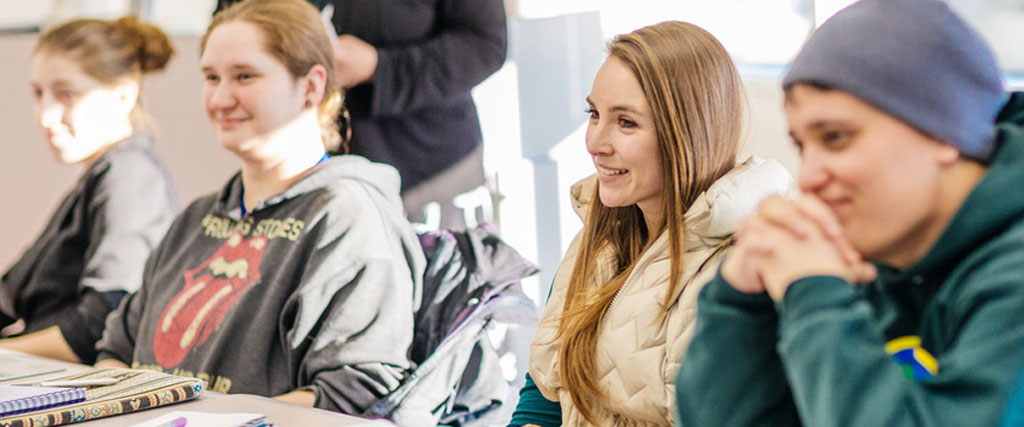
Digitag PH: The Ultimate Guide to Maximizing Your Digital Presence in Philippines
2025-10-09 16:38
I’ve been working in digital marketing for over a decade, and if there’s one thing I’ve learned, it’s that building a strong digital presence in a market like the Philippines is a lot like navigating a major tennis tournament—unpredictable, competitive, and full of surprises. Just look at the recent Korea Tennis Open, where favorites fell early and underdogs rose to the occasion. Emma Tauson’s clutch tiebreak win and Sorana Cîrstea’s dominant performance against Alina Zakharova weren’t just exciting matches—they were reminders that in any competitive field, staying ahead means adapting quickly. That’s exactly what you need to do when establishing your brand online in the Philippines. The digital landscape here is vibrant, fast-moving, and incredibly social-media driven. With roughly 73.91 million internet users out of a population nearing 110 million, the opportunities are massive, but so is the competition.
When I first started advising businesses entering the Philippine market, I noticed many made the same mistake: they treated it as a monolithic audience. But just as the Korea Open saw some seeds advance smoothly while others stumbled, your digital strategy must account for diverse segments. Take social media, for example. Filipinos spend an average of 4 hours and 15 minutes daily on platforms like Facebook, TikTok, and Instagram. That’s not just browsing—it’s active engagement. I always emphasize creating content that feels local and relatable. During one campaign I oversaw, we leveraged trending hashtags and local influencers, which boosted engagement rates by nearly 40% in just two months. It’s those small, tailored adjustments—like using conversational Filipino or Taglish in captions—that build trust and visibility.
Another area where businesses often drop the ball is mobile optimization. Over 68% of web traffic in the Philippines comes from mobile devices, and if your site isn’t responsive, you’re essentially turning away customers at the door. I remember working with an e-commerce client whose bounce rate was hovering around 65%. After we simplified their checkout process and improved mobile load times—cutting it down to under 2.5 seconds—their conversion rate jumped by 22%. It’s these technical tweaks, combined with culturally resonant content, that create a seamless user experience. And let’s not forget SEO. While global keywords are competitive, long-tail, local phrases often drive more qualified traffic. For instance, “affordable sneakers Manila” can outperform broader terms because it matches user intent more closely.
Of course, measuring your impact is crucial. I rely heavily on analytics to track what’s working. In my experience, brands that consistently monitor metrics like engagement rates, click-throughs, and time-on-page tend to iterate faster and stay relevant. It’s not unlike how tennis players adjust their tactics mid-match—staying rigid just doesn’t work. The digital space here evolves quickly, with new platforms and behaviors emerging all the time. Those who adapt, like the unexpected contenders at the Korea Open, often come out on top.
Ultimately, maximizing your digital presence in the Philippines isn’t about having the biggest budget—it’s about being strategic, authentic, and agile. Whether you’re a startup or an established brand, the key is to listen to your audience, leverage data, and never stop refining your approach. Just as the Korea Tennis Open reshuffled expectations and set the stage for thrilling matchups, a well-executed digital strategy can position you for long-term success in this dynamic market.

